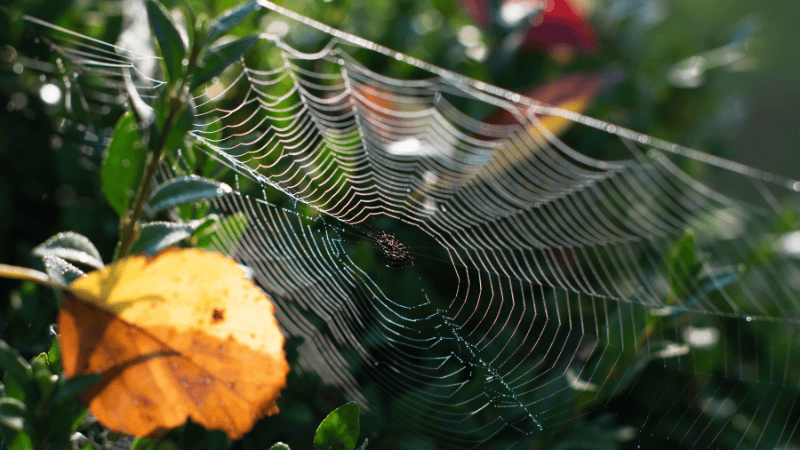Why Is There An Uptick in Rodents in Massachusetts?

Have you noticed that there are more rodents, such as rats or mice, scurrying around the streets, homes, or parks of Massachusetts lately? If you haven't, consider yourself lucky.According to the most recent census data, Boston ranks among the top cities in the nation for rat and mice infestation. In fact, Boston is ranked as the second most rat and mouse infested city in the United States. This bad news only gets worse as we couple this data with some alarming information on how the coronavirus pandemic may be causing these startling numbers to increase even more.There are several reasons why mice and rats are growing in numbers in the suburbs of Massachusetts, New Hampshire, and Connecticut. Here are three of the most probable reasons why the uptick in rodents is occurring at this particular time period.

A Growing Suburban Population
Boston, Massachusetts, and the surrounding suburbs have seen an increase in populations that seem to be corresponding to a rise in rodent infestations. According to the Boston Globe, Growing suburban populations, along with a corresponding growth in garbage dumpsters and other public receptacles, have provided an abundant source of food. Some have also speculated that smaller cities and towns, being both budget conscious and unaccustomed to rat infestations, may have skimped on eradication efforts in the past, allowing small problems to turn into much bigger ones.
Milder Winters
Climate change has many consequences and one of them includes the milder winters we have been experiencing here in New England. A warmer than average winter can allow for a longer reproductive period for rats and mice. Doing the math on how often and quickly a rodent can reproduce could cause devastating results.For instance, rats have a gestation period of only a few weeks and litters that can number up to 14. Those baby rats are then ready to reproduce a little more than a month after birth. Take one pregnant rat and multiply out how many descendants could be created over the course of only one year and the reproductive numbers could be between 15,000 to 18,000 rats! Yikes.

The Impact of Quarantine & the Coronavirus
In addition to the growth of suburban centers and milder winters, we are also experiencing a rather unusual phenomenon due to COVID-19. When restaurants and stores began shutting down in the spring of this year due to the spread of the coronavirus, mice and rats had no choice but to go where the next meal may be.For example, the financial district in downtown Boston has been all but empty since earlier this year since so many employees are working remotely. That means that bars, restaurants, and regular hangouts are not producing nearly as much trash as in previous years. The rodents have learned to move to where their next meal may come from. That, unfortunately, may be your home. As places of business slowly move back to in-person work, they may notice that their once large rat population has moved to the suburbs or neighborhoods where the trash is more abundant.Regardless of the reasons for why rats and mice seem to be so increasing in numbers, we are here to help. If you have noticed an uptick in rodents in your neighborhood, or your home contact us and we can complete a thorough examination and determine a course of treatment that fits the needs of your family.



